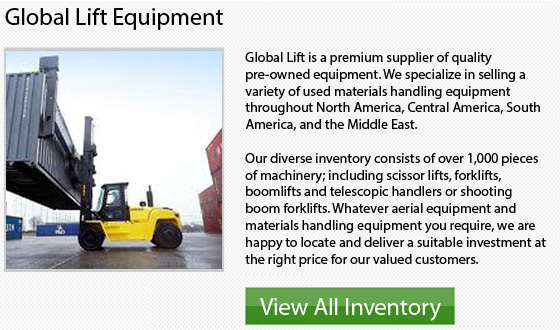
On construction sites and business sites, the lift truck is amongst the most widely used and effective machines. This machine is fairly capable of moving goods and lifting heavy loads easily, quickly and efficiently. There is specific training required in order for the equipment to be able to be used in a safe manner. This training is highly regulated and operators need to acquire proper certification in order to be able to use the machine legally.
Since a fork truck has a very different center of balance from the majority of other vehicles, it takes some getting used to while driving. The center of gravity can vary depending on the weight and size of the load being lifted. These equipment are steered from the back wheels. Initially, this makes the unit quite difficult to operate. The majority of businesses are required to have training classes to be able to teach operation and safety guidelines for this specific machine.
Operator safety guidelines for lift trucks will always begin with a visual assessment of the tires, the forks, the overhead guard and the hydraulics. While walking around the machine, check for any leaking fluid prior to getting in is also a good idea. The safety bars are used for climbing into the machine in a supported way. Once the seatbelt has been firmly secured and all the horn, lights, gauges and alarms have been checked and the mirrors adjusted if necessary, the machine is ready to be fired up and utilized for the length of its shift.
After the truck has been inspected, begin moving at a low speed and be constantly on the lookout for any pedestrians around you. When you come to a turn, slow down even more, begin turning the steering smoothly in order to avoid any tipping over. If the equipment does begin to tip over, be certain never to try and jump out of the lift because you could likely end up being trampled by the machine. You would actually be safer and better off to go through a roll over situation safely strapped inside of the equipment.